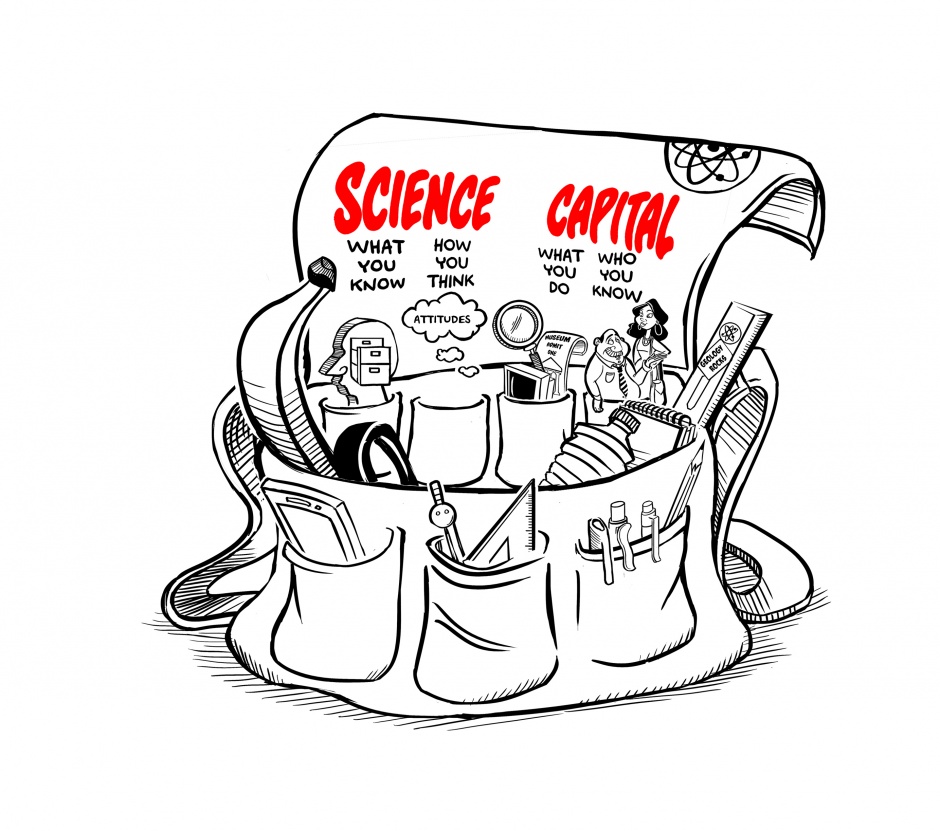The issue of how to increase and broaden participation in engineering is long-established and widely recognised.
A range of initiatives have been active for years and have certainly inspired some children and young people to consider pursuing engineering. The main focus of such programmes – like many in the engineering industry – has been to inspire interest and excitement.
While there is nothing inherently wrong with those goals, they have not led to large-scale changes in patterns of participation in engineering. A large body of research highlights that interest is simply not enough and such programmes may primarily serve to attract people very similar to the current engineering workforce.
The ASPIRES project, which has examined and tracked young people’s aspirations from Years 6 through 13, has consistently found what we termed the ‘doing-being’ divide. That is, although the vast majority of young people enjoyed and valued science, and had high regard for scientists, very few aspired to become scientists themselves (Archer & DeWitt, 2017[1]).
Likewise, children who do not see engineers as people ‘like them’ or as engineering as being ‘for them’ – who can’t imagine a future for themselves in engineering – are highly unlikely to take the educational paths required to pursue a career in engineering (even if they attend a fun engineering inspiration event).
Children who do not see engineers as people ‘like them’ are unlikely to take the educational paths required to pursue a career in engineering
In analysing our data, we found that the concept of ‘science capital’ could help explain why some students feel that science is ‘not for me’, while others develop and maintain aspirations in science – and make the educational choices necessary to pursue it. Science capital refers to an individual’s science-related resources. It includes what you know about science, how you think about it (attitudes), as well as who you know and what you do connected to science.

Our research has shown that the more science capital a young person has, the more likely they are to feel that science is ‘for me’ and to participate in it – in and outside of the classroom, as well as after it is no longer compulsory. It is likely that similar factors are at play in engineering aspirations – which may even be exacerbated because of engineering’s status in (or absence from) much of the national curriculum.
So, what can we do?
In the Enterprising Science project, we have been developing the science capital teaching approach, with positive evidence of its effectiveness. The approach aims to broaden ‘what counts’ in the science classroom and focuses on building connections between science and students’ lives. While this approach was developed with and for classroom teachers, it has implications for initiatives that aim to engage young people with engineering.
Initiatives such as ‘I’m an Engineer, Get me out of here!’ aim to put children in contact with practicing engineers,
For instance, the approach involves ‘personalising and localising’ – going beyond contextualising science content, in order to make science more relevant and personally meaningful to individual students. In an engineering context, questions to consider would be: When developing or delivering engineering activities, could they be modified to relate directly to a particular local community and school? And while perhaps it’s true that ‘everyone finds explosions exciting’, can a programme connect to an aspect of the audience’s personal experience and neighbourhood? How can we connect engineering to something that is personal and meaningful for each student? Do we know students and communities well enough to do this? If not, how can we understand them better?
Some engineering initiatives such as ‘I’m an Engineer, Get me out of here!’ aim to put children in contact with practicing engineers, who might serve as potential role models. In this context, our approach would urge participating engineers to do what they can to find out about the students they’re interacting with – asking questions about their interests and experiences and showing that they are valuable and valid. When developing initiatives, organisations could consider different dimensions of (science) capital, such as recognising the engineering in a range of jobs (not just STEM jobs) – do they invite individuals who use engineering skills in their work but are not necessarily ‘engineers’? Programmes could also aim to foster engagement with a range of accessible out-of-school experiences – could they encourage young people to talk with family members or watch related YouTube videos?
While our teaching approach was designed for secondary science teachers, we think it has some ideas that a range of professionals engaging with students would find useful – and a variety of resources that could be utilised. We look forward to hearing from you!
[1] Although the ASPIRES project focused mainly on science, many of the findings are applicable to engineering.
Jennifer DeWitt is a Senior Research Associate at UCL Institute of Education, focusing on the development of children’s interests and aspirations in STEM, as well as the implications of research on science capital for practice in schools and informal settings.




April 1886: the Brunkebergs tunnel
First ever example of a ground source heat pump?